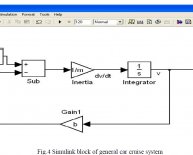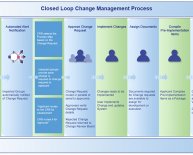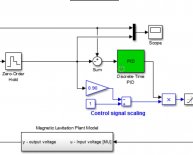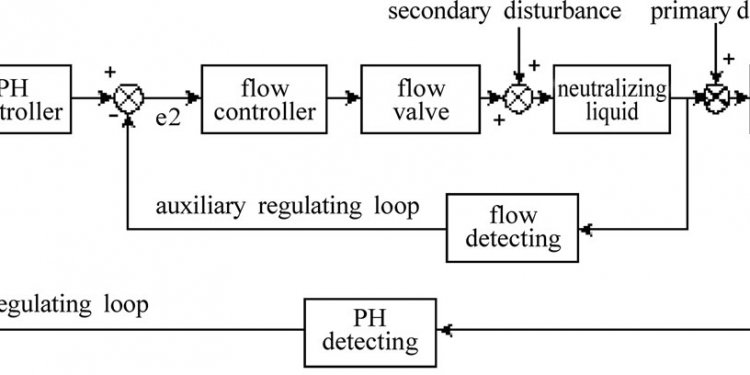
Cascade loop control system
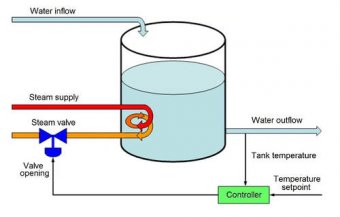 When multiple sensors are available for measuring conditions in a controlled process, a cascade control system can often perform better than a traditional single-measurement controller. Consider, for example, the steam-fed water heater shown in the sidebar Heating Water with Cascade Control. In Figure A, a traditional controller is shown measuring the temperature inside the tank and manipulating the steam valve opening to add more or less heat as inflowing water disturbs the tank temperature. This arrangement works well enough if the steam supply and the steam valve are sufficiently consistent to produce another X% change in tank temperature every time the controller calls for another Y% change in the valve opening.
When multiple sensors are available for measuring conditions in a controlled process, a cascade control system can often perform better than a traditional single-measurement controller. Consider, for example, the steam-fed water heater shown in the sidebar Heating Water with Cascade Control. In Figure A, a traditional controller is shown measuring the temperature inside the tank and manipulating the steam valve opening to add more or less heat as inflowing water disturbs the tank temperature. This arrangement works well enough if the steam supply and the steam valve are sufficiently consistent to produce another X% change in tank temperature every time the controller calls for another Y% change in the valve opening.
However, several factors could alter the ratio of X to Y or the time required for the tank temperature to change after a control effort. The pressure in the steam supply line could drop while other tanks are drawing down the steam supply they share, in which case the controller would have to open the valve more than Y% in order to achieve the same X% change in tank temperature.
Or, the steam valve could start sticking as friction takes its mechanical toll over time. That would lengthen the time required for the valve to open to the extent called for by the controller and slow the rate at which the tank temperature changes in response to a given control effort.
A better way
A cascade control system could solve both of these problems as shown in Figure B where a second controller has taken over responsibility for manipulating the valve opening based on measurements from a second sensor monitoring the steam flow rate. Instead of dictating how widely the valve should be opened, the first controller now tells the second controller how much heat it wants in terms of a desired steam flow rate.
The second controller then manipulates the valve opening until the steam is flowing at the requested rate. If that rate turns out to be insufficient to produce the desired tank temperature, the first controller can call for a higher flow rate, thereby inducing the second controller to provide more steam and more heat (or vice versa).
That may sound like a convoluted way to achieve the same result as the first controller could achieve on its own, but a cascade control system should be able to provide much faster compensation when the steam flow is disturbed. In the original single-controller arrangement, a drop in the steam supply pressure would first have to lower the tank temperature before the temperature sensor could even notice the disturbance. With the second controller and second sensor on the job, the steam flow rate can be measured and maintained much more quickly and precisely, allowing the first controller to work with the belief that whatever steam flow rate it wants it will in fact get, no matter what happens to the steam pressure.
The second controller can also shield the first controller from deteriorating valve performance. The valve might still slow down as it wears out or gums up, and the second controller might have to work harder as a result, but the first controller would be unaffected as long as the second controller is able to maintain the steam flow rate at the required level.
Without the acceleration afforded by the second controller, the first controller would see the process becoming slower and slower. It might still be able to achieve the desired tank temperature on its own, but unless a perceptive operator notices the effect and re-tunes it to be more aggressive about responding to disturbances in the tank temperature, it too would become slower and slower.

